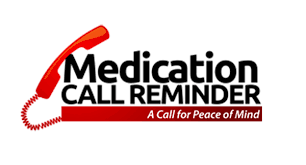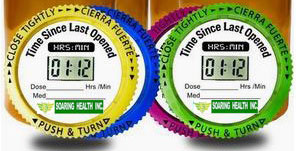Receive the Most Benefit from Reconstituted Drugs
Everyone sometimes has a preference for a particular type of food or food packaging for several reasons. The same applies to healthcare and medications. Sometimes, it is most appropriate for certain persons to take either capsules, tablets, or a liquid drug formulation. Similarly, other patients will be most suited for an enema, suppository, or an injectable drug. Generally, children take liquid or reconstituted mixtures when required to ingest drugs. This practice is because the body system of children may not metabolize some other drug formulations such as tablets or capsules. In this scenario, the patient is expected to take an exact quantity of the liquid drug or reconstituted mixture. Sometimes, a sub-optimal amount of water in a reconstituted mixture can result in overdose or drug toxicity. I read about a case in my favorite journal of how the father of a pediatric patient gave his son 9ml of powered amoxicillin drug mixed with a little water instead of 9ml of the reconstituted amoxicillin mixture. The aftermath effect is that the child had unusual diarrhea and rashes. This experience resulted in another hospital visit that required some money and productivity time.

QUESTIONS TO ASK BEFORE YOU LEAVE YOUR PHARMACY
I know this adverse event would have been avoided if someone such as the pharmacist, pharmacy staff, or the patient’s caregiver had done something differently. Nevertheless, I have learned that we have full control over what we do and not necessarily what someone else does. Hence, caregivers or patients who take liquid medication should strive to do the following to receive the most benefit from their reconstituted medications.
(1) Ask the pharmacist if the medicine is a powder that is meant to be taken by mouth, reconstituted into a mixture, or applied on the skin.
(2) Ask the pharmacist if the powdered medication has been mixed.
(3) Ask if the right quantity of water or appropriate diluent was added.
(4) Confirm the direction of the use of the medication as well as the frequency and duration of the dose.
Oral liquid antibiotics tend to have a short stability period and shelf life. Hence, drug manufacturers package the drug in a powder form, which is intended to be reconstituted before the drug leaves the pharmacy. If the reconstitution process is not done correctly, there is a likelihood that the patient will not ingest the expected quantity of the drug. Hence, the patient cannot receive the most benefit from the prescribed medicine. Can you think of what you will do differently next time? Click here to receive a FREE guide that can help you.








